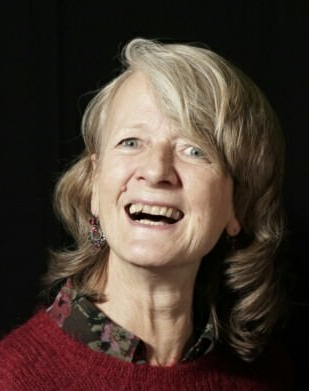Cited By
View all- Wang PMiller MQueiroz ABailenson J(2024)Socially Late, Virtually Present: The Effects of Transforming Asynchronous Social Interactions in Virtual RealityProceedings of the 2024 CHI Conference on Human Factors in Computing Systems10.1145/3613904.3642244(1-19)Online publication date: 11-May-2024
- Al Owayyed MTielman MHartholt ASpecht MBrinkman W(2024)Agent-based social skills training systems: the ARTES architecture, interaction characteristics, learning theories and future outlooksBehaviour & Information Technology10.1080/0144929X.2024.2374891(1-28)Online publication date: 20-Jul-2024
- Knob PPinho GSilva GMontanha RPeres VAraujo VMusse S(2024)Surveying the evolution of virtual humans expressiveness toward real humansComputers & Graphics10.1016/j.cag.2024.104034123(104034)Online publication date: Oct-2024
- Show More Cited By


